Edmund Dulac was one of the greatest illustrators of the so-called Golden Age of illustration. For almost two decades he was perceived as the only competition to Arthur Rackham. His gift books and original illustrations were often sold out even before they were finished, yet he had to work hard right to the end of his life to survive.
Another less-known fact about this French-born illustrator who fell in love with England during his studies (he was born Edmond) and became a naturalized British citizen at 30 years of age, is his immense creative versatility. He was not 'just' painter, illustrator, caricaturist, and designer. He also composed music (and performed it) and designed everything from stamps to theatre costumes. He made some playing cards, tapestries, and furniture as well. Shall we mention chocolate boxes for Cadbury?
This article is not about Edmund Dulac's art and work (I'll give you a link to explore both thoroughly at the end) but more an attempt to present a variety of his skills in different artistic areas. Here are ten creative fields where Edmund Dulac excelled and pushed boundaries.


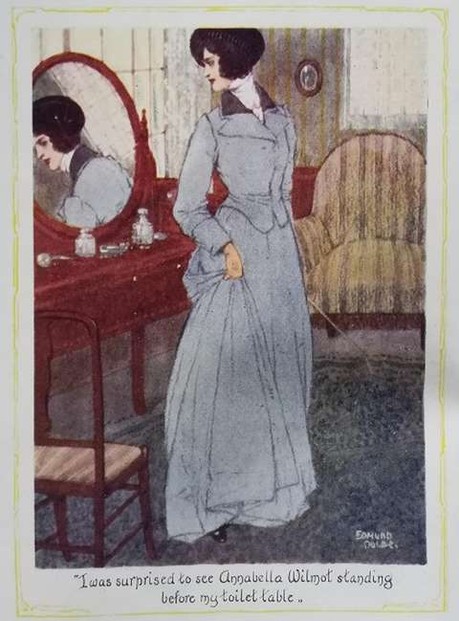
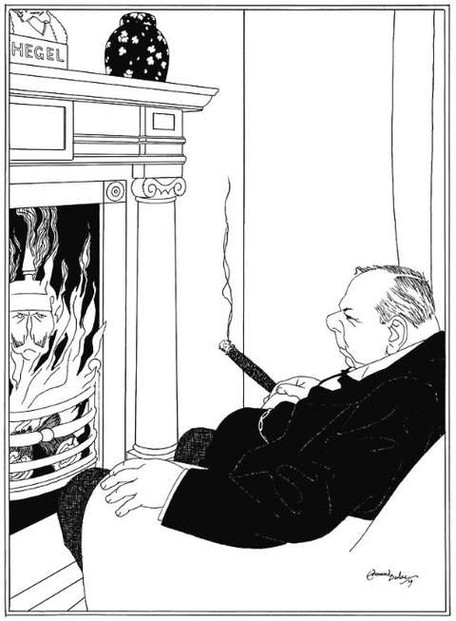
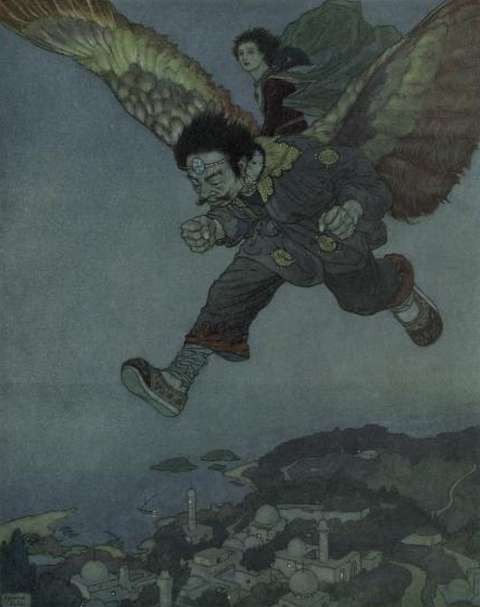
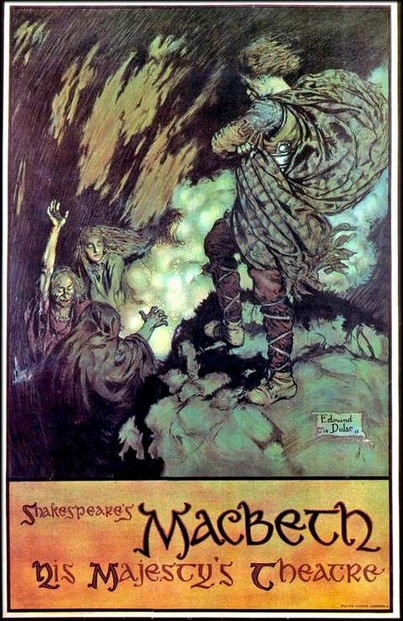
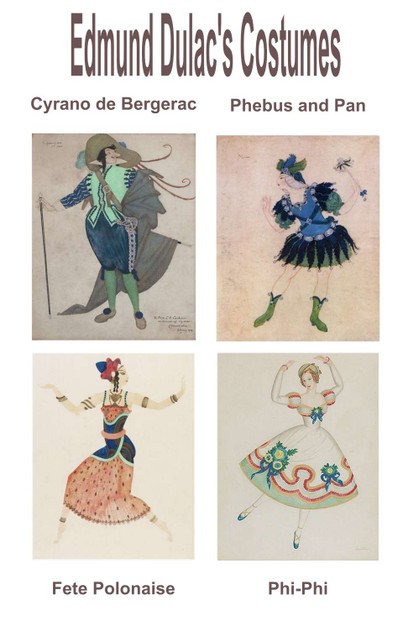
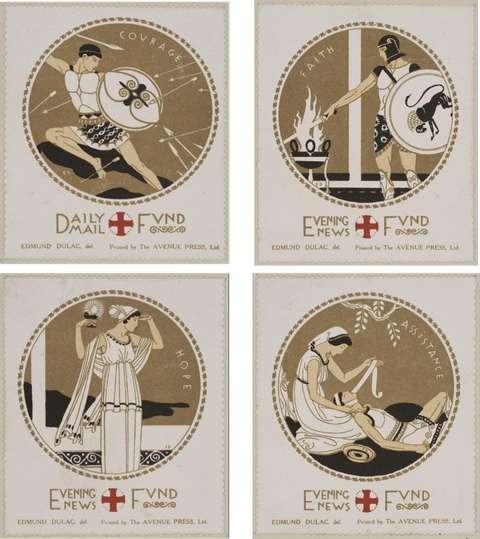
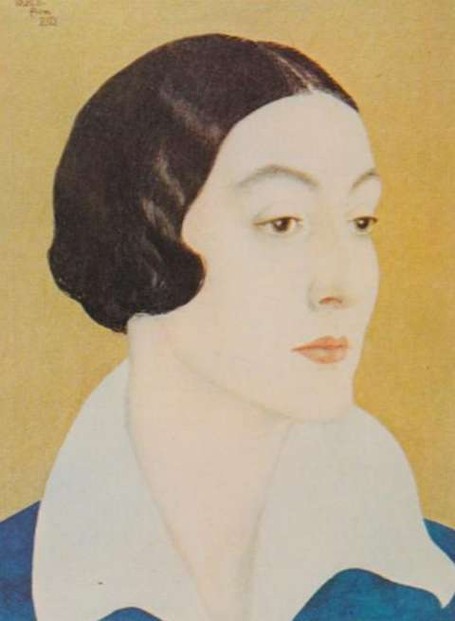
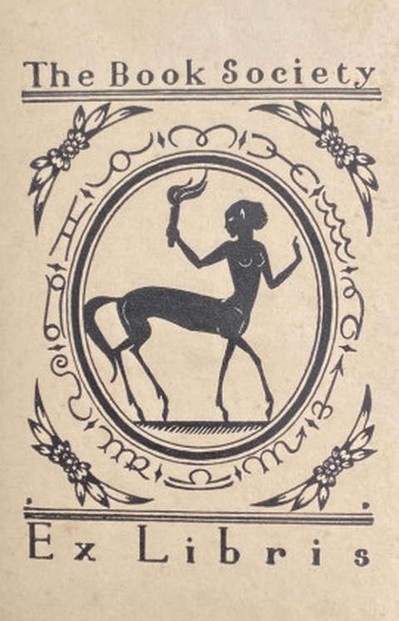
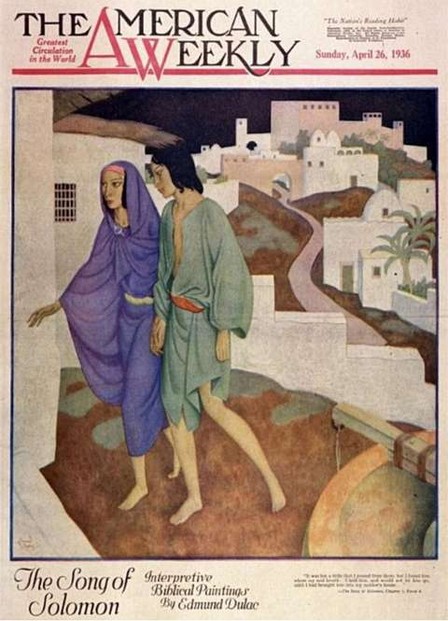
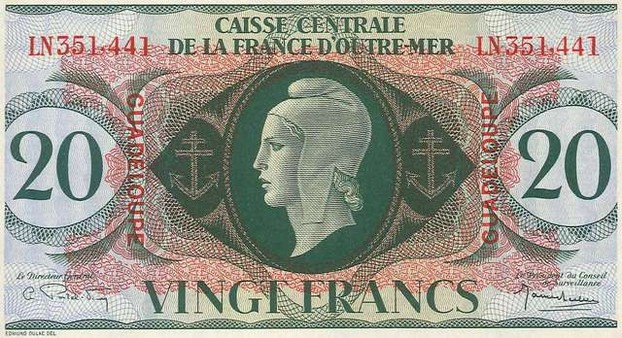
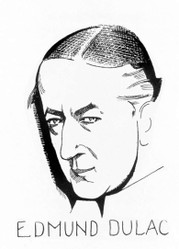

 Vintage Postcard Artists with 10 Examples of Easter Cardson 02/21/2025
Vintage Postcard Artists with 10 Examples of Easter Cardson 02/21/2025
 Valentine's Symbolson 01/23/2025
Valentine's Symbolson 01/23/2025
 Thanksgiving Symbolson 11/12/2024
Thanksgiving Symbolson 11/12/2024
 Famous Witches in Literary Historyon 10/06/2024
Famous Witches in Literary Historyon 10/06/2024
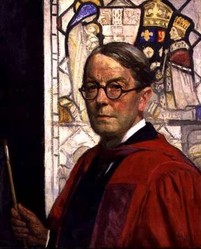
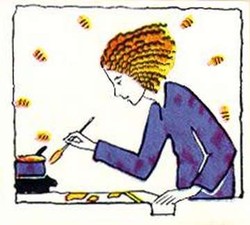
What do you think about Edmund Dulac's work?
They had paper on those years. Only 1917 was the problem. But the market died soon after because people had no more money for luxury.
These are: illustration from Tenant from Wildfell Hall (Anne Bronte), caricature of Kaiser Wilhelm II, and illustration from Garden of Paradise (H. C. Andersen).
The last paragraph to the third subheading, Watecolorist, alerts us that "The cooperation between Hodder & Stoughton, Leicester Galleries, and Dulac lasted from 1907 to 1918 - each year one book, except for 1917 when there was no right paper on the market."
It appears as "best-educated," first guess possibly arising from the first world war that "there was no right paper on the market," correct?
But then what about the other war years, 1914-1916, 1918?
The cursor does not divulge anything specific about the first three in-text images and the sole portrait.
Might you have that information?
Sorry, I am not in position to plan my own time at the moment.
I guess. Numerous artists admitted that limitations often work as an encouragement. I think there is logic behind: to master the craft you have to understand the rules, to become the artist, you have to know how to uste them to their full advantage and - how to break them.
Sorry, I don't know which wood he used.
You identified above as forthcoming project a wizzley about Dulac stamps.
Elsewhere you indicated future writings about forests in fairy tales and about merpeople.
All three wizzleys intrigue me.
Might you know which one of the compelling trio you will release first?
The statement that "He definitely loved to design them trying to make the best within the limited space and strict rules with his sense for details. On the other hand, not all of his designs were approved and the payment was extremely low considering invested time and energy" under the sixth subheading, stamp designer, impresses me.
Imposed constraints may muster up complaining that perhaps matters badly, unproductively for output or rising to challenges. Edmund Dulac must have opted for the latter what with nestling his designs as optimally as possible within such rules- and space-related limits, right?
Thank you for your comments below in answer to my previous observations and questions.
Wow! A cabin for a cruiseliner and furniture indicate that Edmund Dulac has an acquaintance with and appreciation of wood, something that impresses me as an arborist.
Might there be any indication as to which wood he employed in the above endeavors?